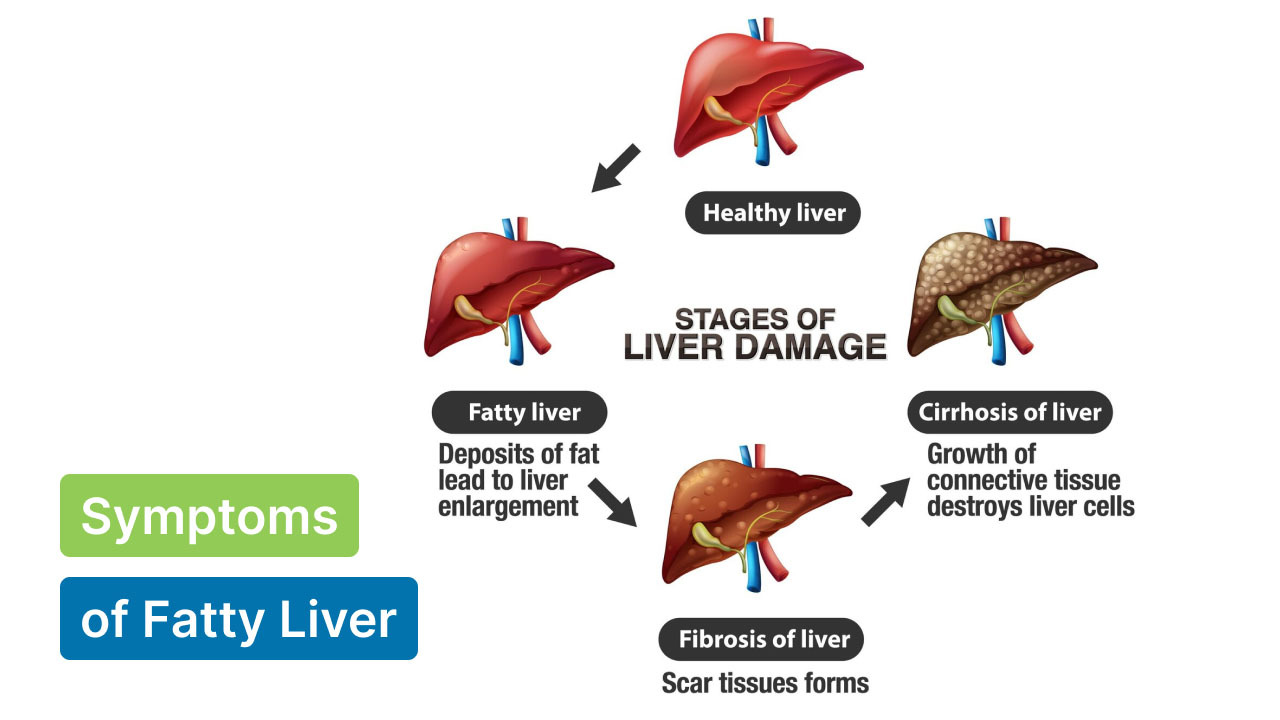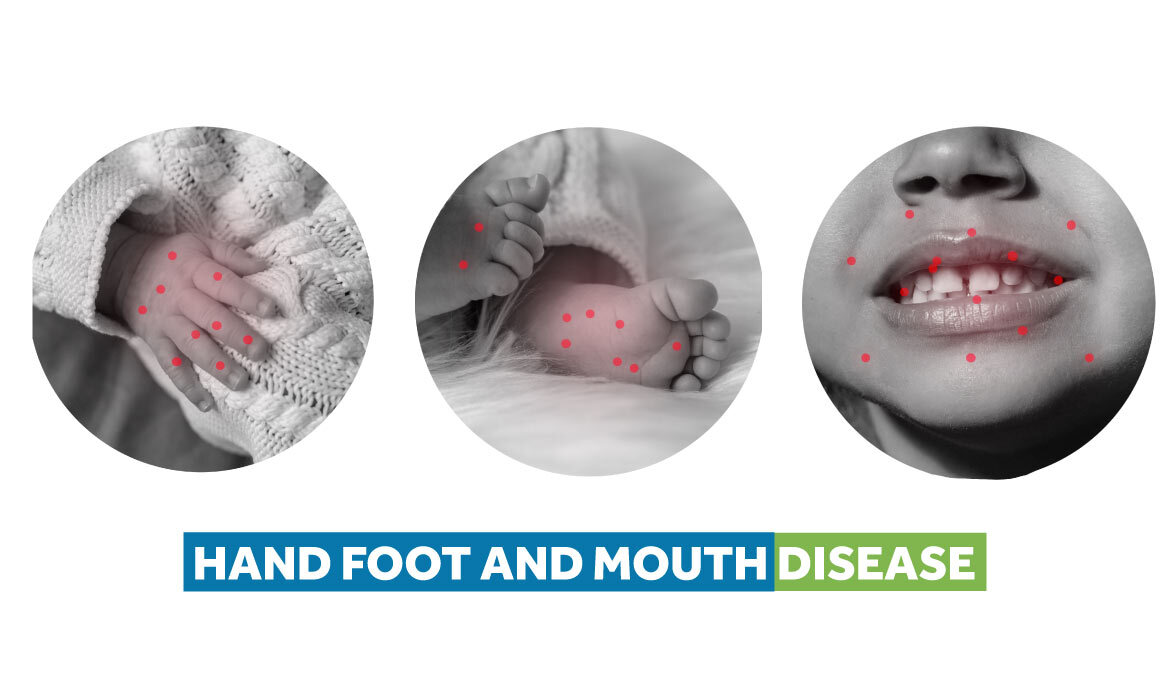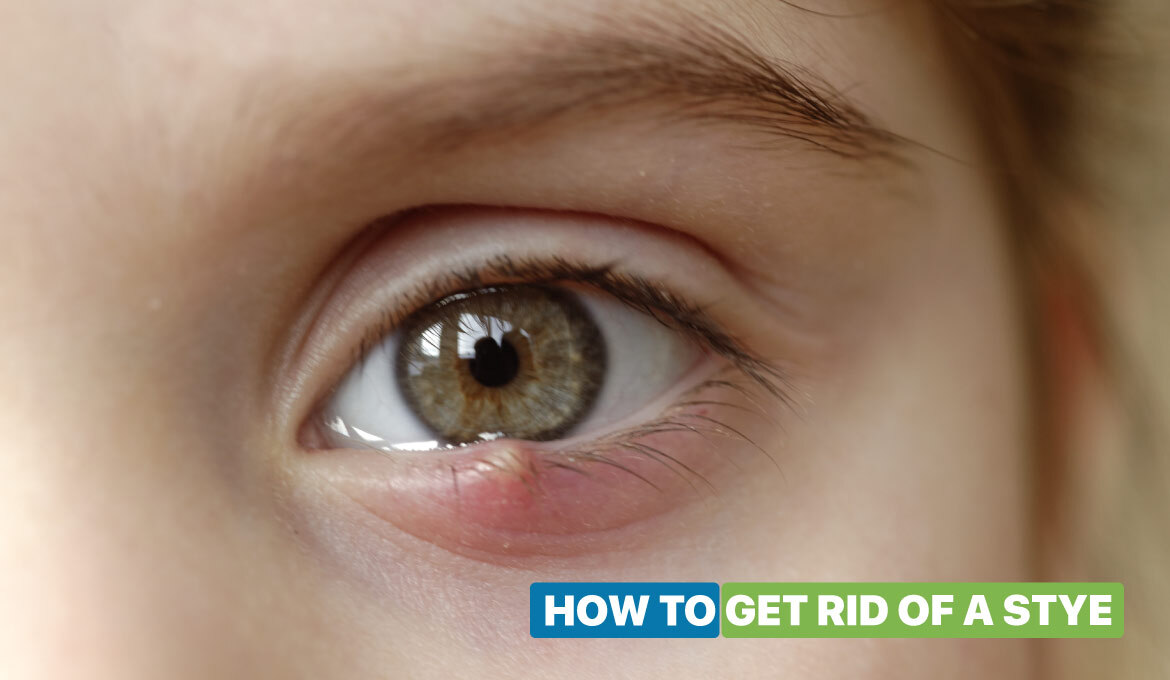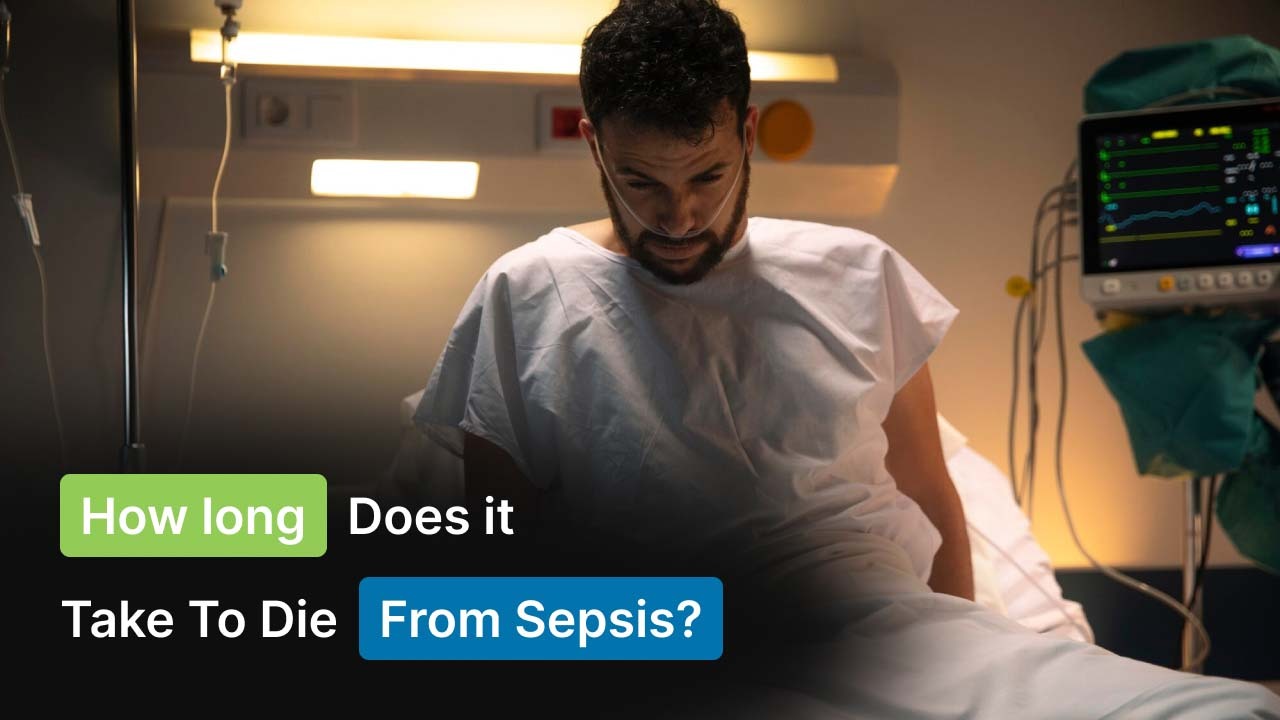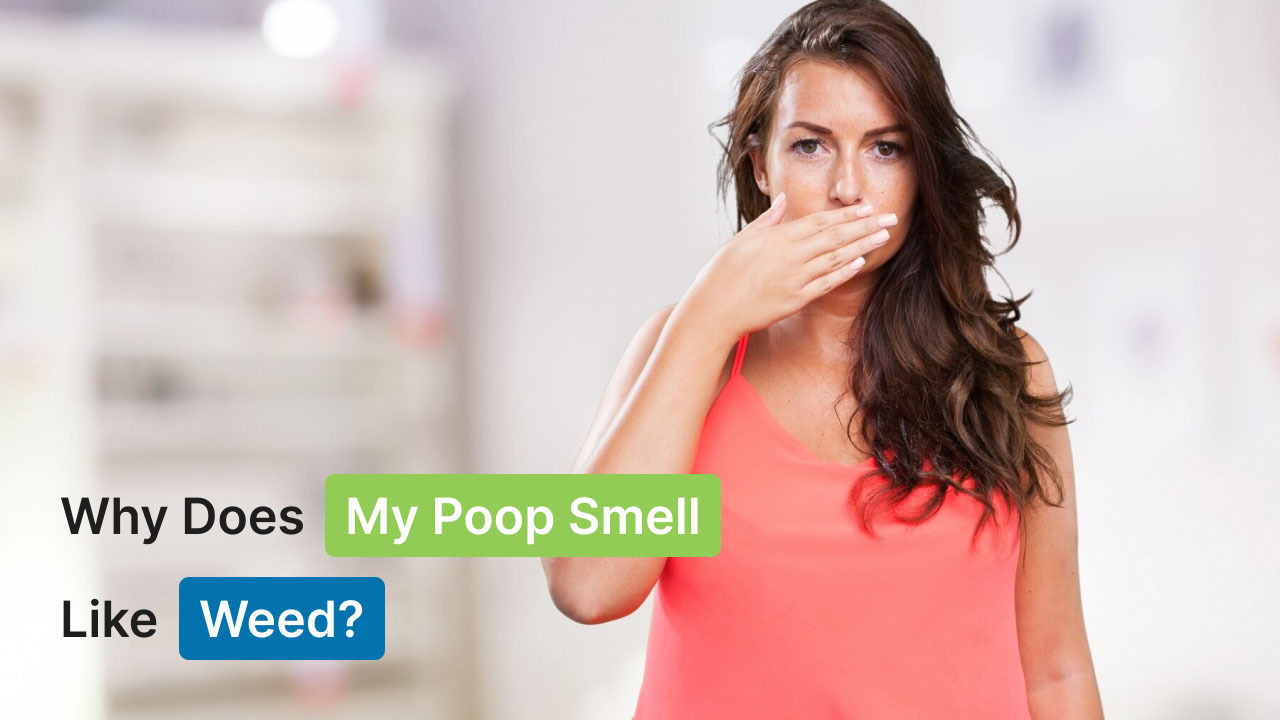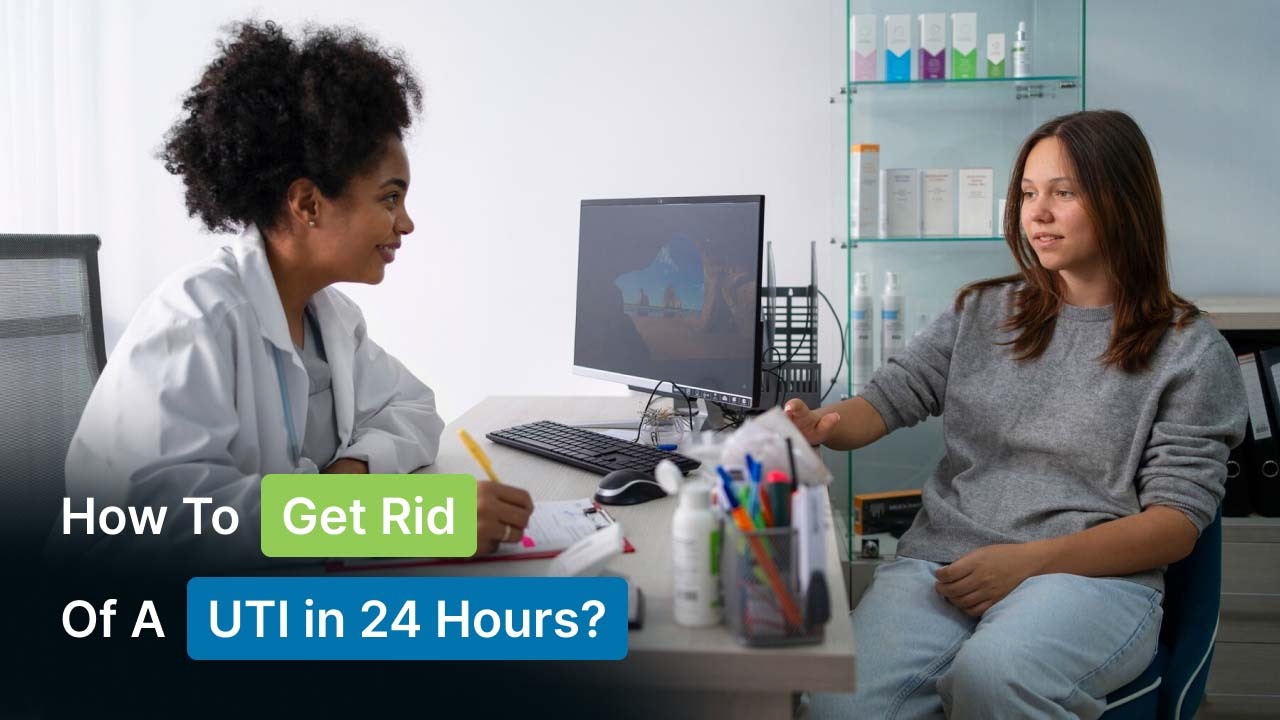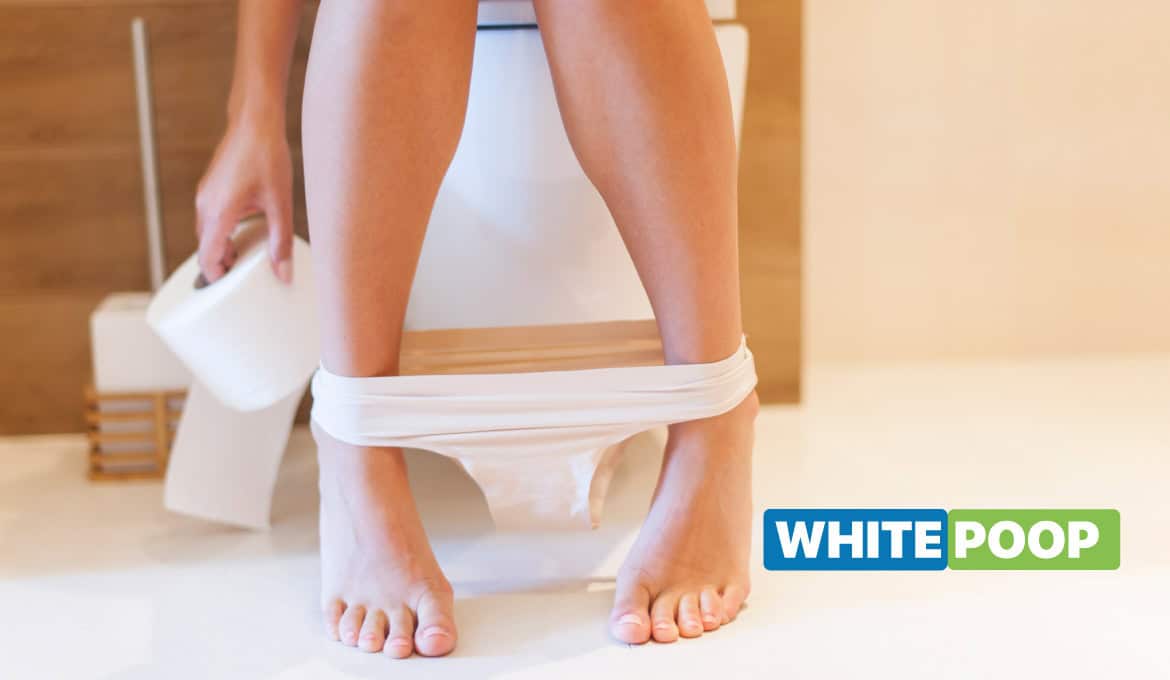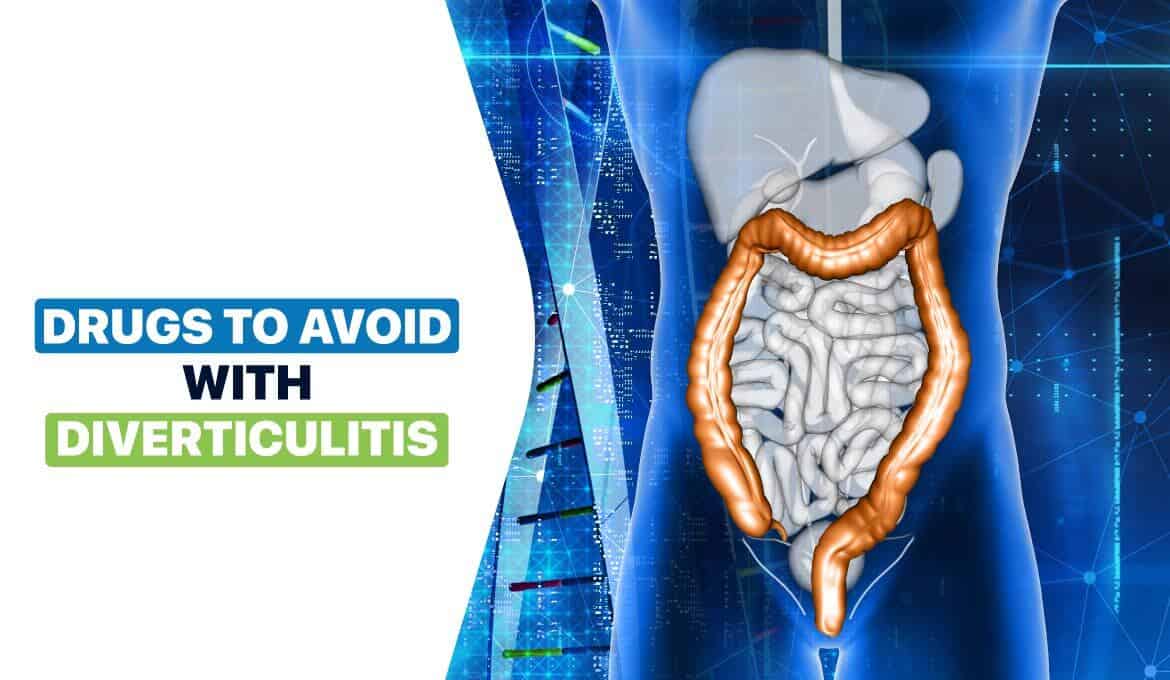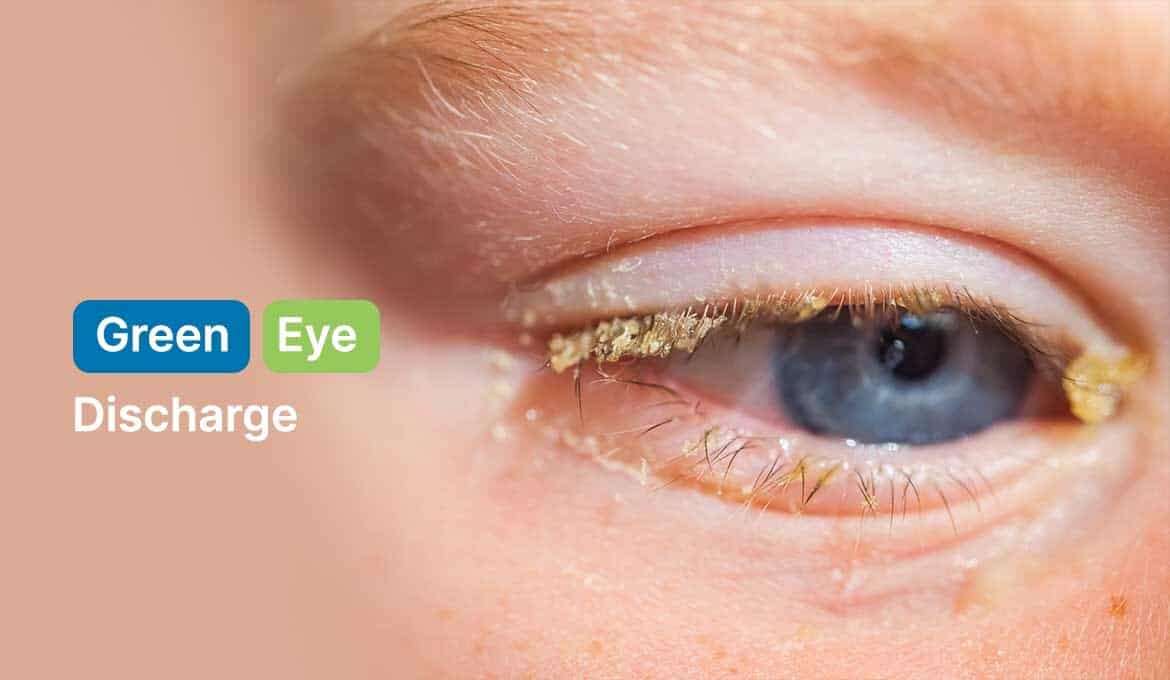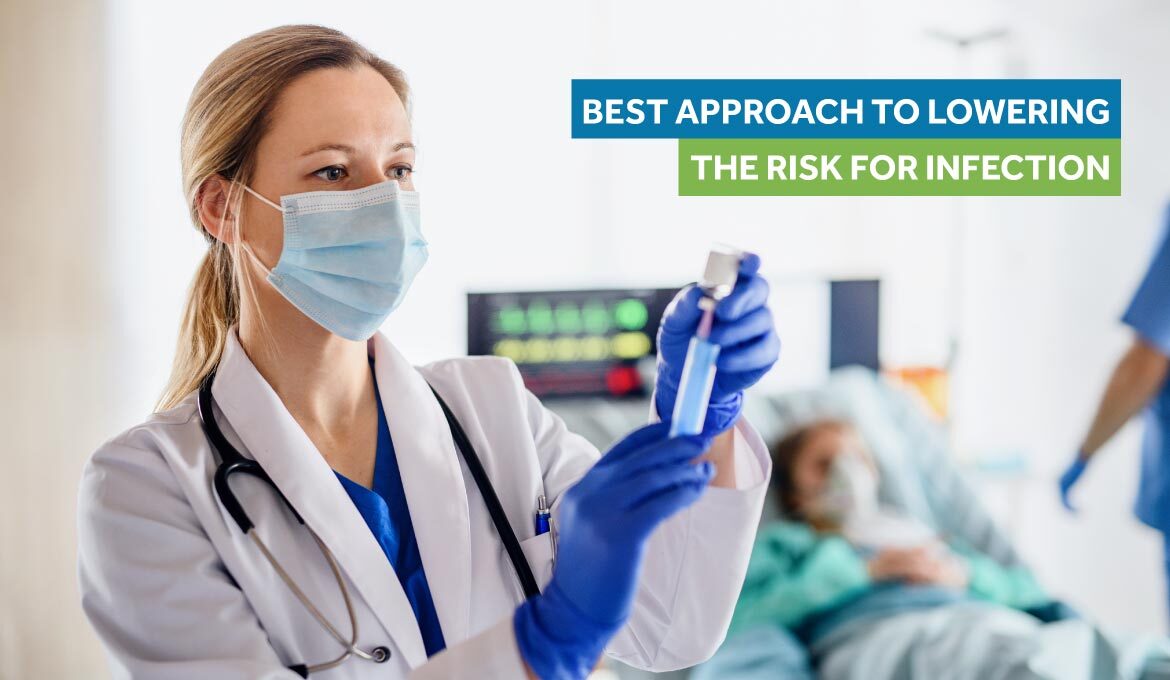
First aid is the first thing that comes to mind when a person is injured, ill, or injected. But to ensure safety, taking care of yourself and the one you are treating is important. If a person is infected, there is a chance that the infection can be passed from them to you.
So, knowing how to use first aid with medical precautions is essential. This article will provide general guidelines about “What is the best approach to lowering the risk for infection when giving first aid care?”
Follow them to interrupt the transmission of injection and to ensure safety.
What Is The Best Approach To Lowering The Risk For Infection When Giving First Aid Care?
In this section, you will learn what you can do in a medical emergency as a first aid provider if someone becomes infected.
It is important to use PPE (Personal Protective Equipment), including face masks, hand gloves, new and fresh needles, and syringes. Now, let's explore what else you can do to lower the risk of infection:
1. Hand Hygiene
The first step towards lowering the risk of infection is to follow the hand hygiene process, especially if infections are related to diarrhea, vomiting, or respiratory. Hands are the primary way germs can be transmitted and cause serious infections.
What You Should Do?
- Always use soap while washing your hands to make your hands germ-free. Do not use bar soap; instead, use liquid soap and wash hands with warm water.
- Another option is to use an aerocleanse anti-bacterial hand gel or any other alcohol-based hand washer which should contain 60% alcohol content to be effective. But remember, alcohol hand gel is not effective against organisms such as norovirus, which causes gastroenteritis.
- Do not use hand sanitizer if your hands are really dirty. They will not be effective.
- Moreover, maintain your hand hygiene after using the toilet, after eating, or after touching an animal.
2. Disposable Gloves
Disposal gloves are incredibly important. They are essential to save you from infection and nasty odors while treating an infected person. There are different types of gloves available in different sizes, colors, and materials, such as latex, synthetic, and nitrile gloves. Choose the one with good thickness, durability, and fit size.
- Latex Gloves: Best for first aid use, effectively preventing germs and bacteria from penetrating your gloves.
- Synthetic Gloves: They do not have the same protective measures, just like latex, but they are more durable.
- Nitrile Gloves: They are effective, durable, and best for handling blood and other body fluids.
What You Should Do?
- Remember to always use the latest, new gloves without any holes. Also, wash your hands before and after using gloves.
- After using the gloves, put them in water and waggle them to clean. Dispose of them in a dustbin after cleaning them to avoid every chance of infection.
3. Face Masks
According to Scientific Reports, people who consider wearing face masks while treating an infected person lower the risk of infection due to airborne particles by 60%.
You can consider wearing surgical face masks; they are tested for breathing out and preventing infections such as airborne viruses, influenza, and measles.
What You Should Do?
- Before wearing a face mask, wash your hands with alcohol-based liquid soap.
- Do not use old masks. Use the latest one without holes.
- Cover your mouth, nose, and chin and secure them by tying a bow behind your neck.
- Avoid touching the face mask during treatment.
- Do not reuse the mask.
- Clean your hands before removing them from the bow behind your neck. Do not touch the mask.
- Throw the mask immediately after treatment and maintain hand hygiene.
4. Eye Protection
Eye protection is overlooked in first aid, but using this PPE equipment to prevent infection and save you from vision loss is essential.
Eye infection prevention is essential when infection involves bleeding and other bodily fluids that may contain germs that spread as disease. It also protects you from hazardous chemicals, other airborne particles, and dust.
What You Should Do?
- Before wearing eye protection, wash your eyes with plain water.
- Wear comfortable eye protection that fits you properly. You can use the headband to secure it.
- Check that it does not block your vision.
- After treatment, remove the eye protection and dispose of it.
- Wash your hands with soap and water.
5. Antiseptic Agents
The first aid kit for preventing infection is complete with antiseptic wipes or liquids. They are adequate to prevent the spread of germs or bacteria.
They are also an effective way of sterilizing and cleansing wounds, including the surrounding areas. This portable and convenient material is a good alternative when you do not have soap and water to clean your hands and kill bacteria.
They are designed with ingredients such as alcohol and povidone-iodine to clean and disinfect the skin and prevent infection by minimizing the colonization of harmful bacteria.
What You Should Do?
- Before attending to any injury or infection, clean your hand using the first wipe and take out another to use for the wound.
- Determine the wound and gently use antiseptic wipes over the wound if it is not severe.
- Move the wipe back and forth, or in a circular motion, over the wound to clean and prevent infection. Don't put much pressure.
- If the injury is severe, such as bleeding, it may need medical attention. Allow the infected area to dry naturally, and throw the used antiseptic wipe to avoid cross-contamination.
Conclusion
We live in a world with so many infectious diseases, so it is important to know “What is the best approach to lowering the risk of infection when giving first aid care.” This will not only provide proper treatment for the patient but also be beneficial for self-use.
Above, we have shared some precautions you can take while providing unexpected first aid to someone. Before treating others, it's essential to take care of yourself!
By following these precautions, you can reduce the risk of spreading germs and lowering the risk of infection, protecting yourself and others while delivering safe and effective first aid care.
Read Also:




